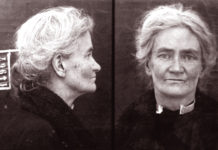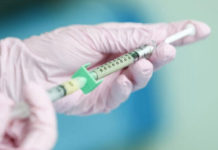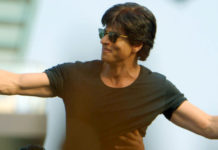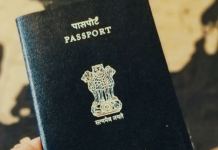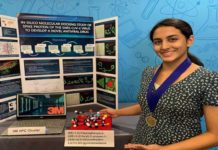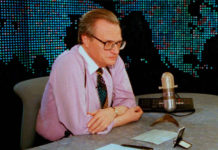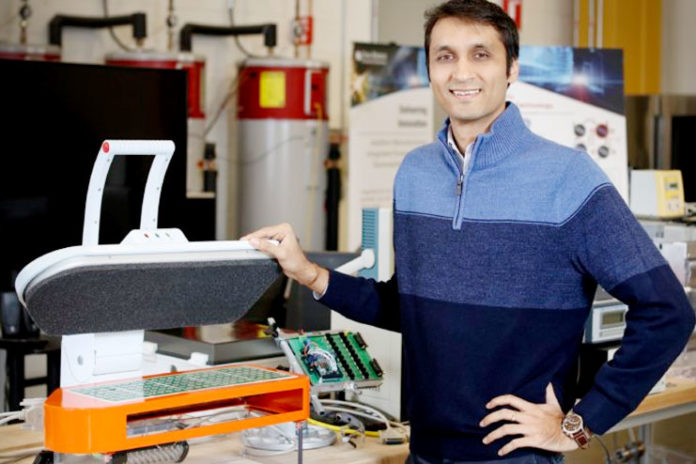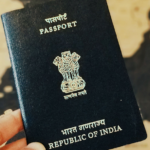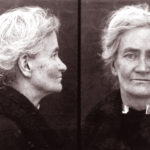Viral Patel, an Indian American research and development associate staff member at Oak Ridge National Laboratory, was a part of a group of researchers who were developing an ultrasonic dryer which can dry clothes faster and requires no heat.
“It is a completely new approach. Instead of evaporation, it’s technically performing mechanical extraction of the moisture within the fabric,” Patel said.
Cornell Prof. Kaushik Basu – President of International Economic Association
Patel said that the traditional dryers generally use straight-forward technology: as air gets sucked in from the surrounding area and it travels through a heater or gas burner into the drum where the clothes tumble around, allowing the heat to absorb the moisture with the air leaving the dryer.
The ultrasonic dryer uses piezoelectric transducers to remove moisture: when high frequency voltage is applied to the transducers, they vibrate at a high frequency causing trapped water to leave the fabric without heat.Basically, the dryer shakes the water out of the clothes, speeding up the process.
In a traditional dryer it takes about 40 to 50 minutes to dry six bath towels, whereas in the ultrasonic dryer it takes about seven minutes for one piece of fabric to dry out. A traditional dryer uses 60 billion kilowatt hours of energy, costing about $9 billion, whereas the ultrasonic dryer uses five times less of that energy.
“If you say that $9 billion chunk of money is replaced by ultrasonic clothes dryers, then $9 billion becomes 1.8 billion. There’s potential for enormous savings, but of course that’s the best case scenario if everyone in the U.S. were to buy one of these,” Patel opined.
“We’re trying to develop the technology that has efficiency greater than or equal to the state of the art but with a competitive cost, so it can be sold on the U.S. market” because “if you walk into a big box store and you want a dryer, normally the first things consumers look for is how much it costs” and not energy efficiency.GE brings the expertise in that area, which we do not have,” he added stating that it will take at least two to five years before the ultrasonic dryers can be available in the market.
Patel began his studies after moving from Zambia to the United States for college. As an undergraduate at the Illinois Institute of Technology (IIT), he started out in aerospace engineering. But after taking a course in thermal systems design, he decided to broaden his horizons and career opportunities with a dual major in mechanical engineering.
Indian Americans Honored With ‘Great Immigrants’ Award
Viral said the class was “one of those experiences that opens up your eyes to what you might be doing in the next stage of your life. It was very applications-driven.”
“If I hadn’t taken that mechanical engineering class I wouldn’t have met the professor who eventually became my PhD advisor,” Patel said in the Oak Ridge National Laboratory.
That professor, Jamal Yagoobi, also headed the IIT mechanical engineering department at the time, and offered Patel a position as a PhD student in his laboratory.
By Premji


